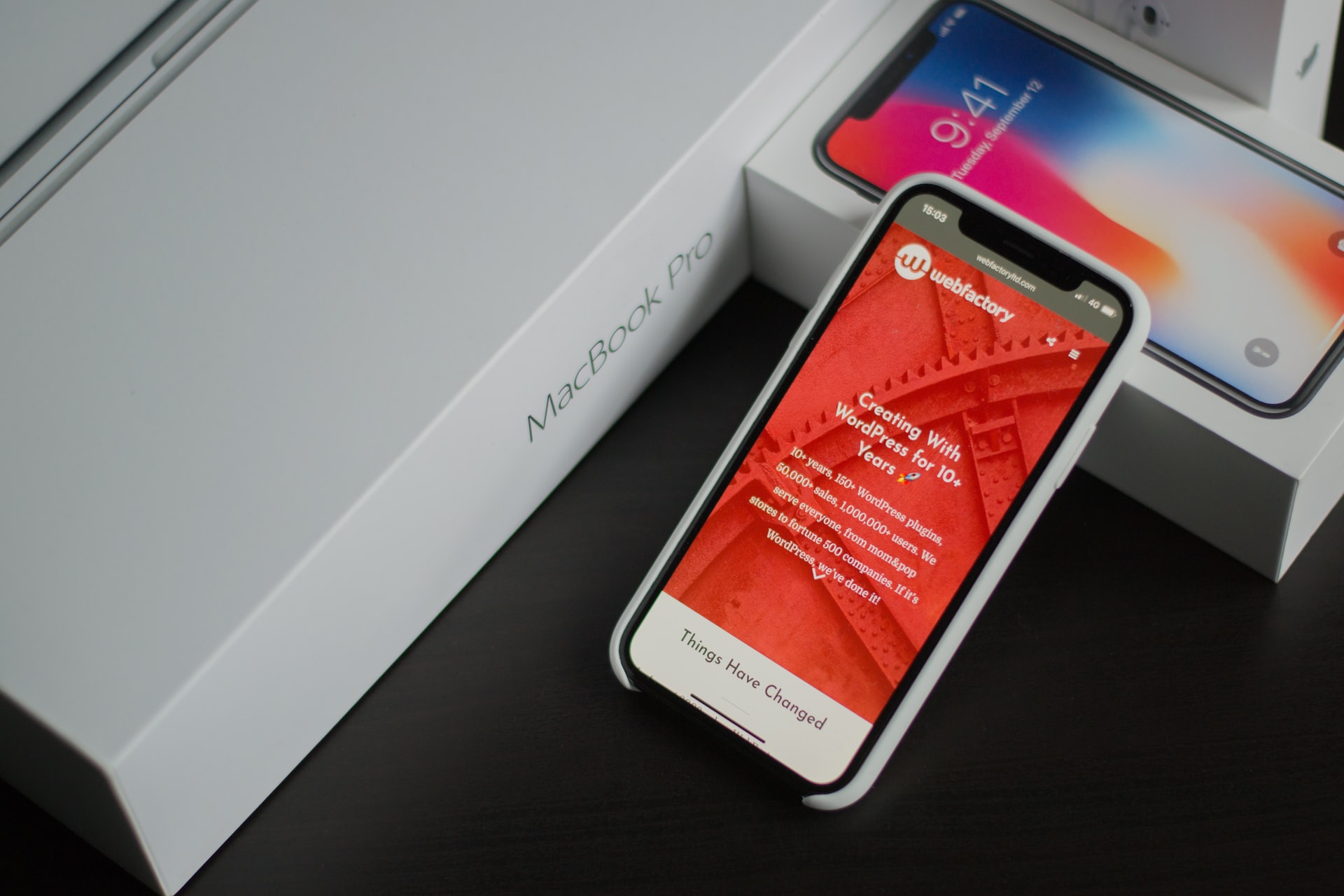In the fast-paced world of web design and development – one thing is for sure: trends matter. If you’re hoping to lean into some new technologies, try something different, or push a few boundaries, web design is the perfect place to get started.
Creative web agencies are embracing trends like responsive design, AI-driven interfaces, and minimalist aesthetics to deliver cutting-edge websites. These innovations focus on enhancing user experience and keeping brands ahead in the digital space.
But what are current web design trends, and what advantages are they delivering for users, developers, and owners? Here are some significant trends to keep your eye on this year.
1. Progressive Web Apps (PWAs)
PWAs are online applications that use cutting-edge technologies to blend features from both native mobile applications and web applications to create a seamless ecosystem. Having continuity and complementarity across your online and mobile applications is a crucial design choice – but it also just makes good sense.
From a branding perspective, making your website mimic and blend features from your mobile app is a brilliant idea as it’s easy to relate and engage with two interfaces that share similar characteristics. From a design perspective – it’s a no-brainer. Even developers have an easier time installing and maintaining them. Yet most importantly, from a User Experience (UX) perspective, this is one of the most exciting trends out there today.
2. Rethinking User-Friendly Design

Smooth user experience drives sales and builds customer loyalty. There’s a real push to rethink how we engage with our mobile devices, web pages, and applications. Designers and developers are increasingly grappling with how to create a more intuitive User interface (UI) – on both mobile and web-based platforms.
For example, holding a phone isn’t always as easy as you’d hope – especially if you’ve got a child in one and groceries in the other. Developers have been relocating buttons and features to the bottom of the screen to make it easier to hold and navigate critical functions.
3. Motion UI
Web page animations are exploding across the internet. What used to be minimal effects on specific buttons or fields has now morphed into full-screen parallax effects and other animations that help guide the user experience of a webpage or online product.
But motion UI is more than just the wow factor. It’s also used to make boring numbers and statistics easier to comprehend and organize and add credibility to your platform. The proper motion UI on your application or web page also shows how much you value your user’s experience and interaction with your online products and services. It shows you care.
4. Accelerated Mobile Pages (AMP)

When was the last time you spent more than 10 seconds waiting for a web page to load? Never! Because you refreshed or tried somewhere else before 6 seconds had passed.
Accelerated Mobile Pages aim to change that (shoddy) user experience by speeding up the loading time and removing useless clutter, slowing them down. AMP is the solution for fast-loading mobile web pages that rely on open-source plugins to provide a seamless browsing experience.
5. Artificial Intelligence (AI)
The brave new world of AI is taking off big time. And perhaps the first place to see the benefits of this technology are on websites, applications, and cutting-edge user experience technologies. Chatbots and virtual assistants that can (usually) identify a question or issue and provide you with immediate answers are increasingly popular.
You may also notice on your Netflix account that the “recommended section” is scarily accurate to your taste. AI has enormous application potential in web design, as well as more generally across multiple other industries. It’s easily one of the biggest and most exciting trends to watch.
6. Website Security

Did you know that, on average, 30,000 websites get hacked every day? It’s no surprise that security is trending. It’s become a dominant issue for developers, websites, and business owners, not to mention policymakers. Cybercriminals are plenty and can easily target small, medium, and even large corporations.
Ultimately anyone can fall victim to malicious code and ever more advanced hacking techniques. It’s good to make sure your website and applications are secure and up to scratch at the coding level – but also in terms of privacy and data protection laws.
7. Blockchain Technology
Blockchain technology and cryptocurrencies have been around for a while, but their application in web development is only beginning to take off. Essentially, blockchain allows for millions of transactions in a decentralized and highly secure data structure.
The benefits for businesses are enormous – from low cost on transactions to tracking payments and facilitating voting and other necessary contracts.
Get Ahead of the Trends
Want to launch your web page into the future? Good web design takes time and experience. If you’re after access to the latest technologies and trends – why not let the experts help you out. Hire a professional web designer and developer today.